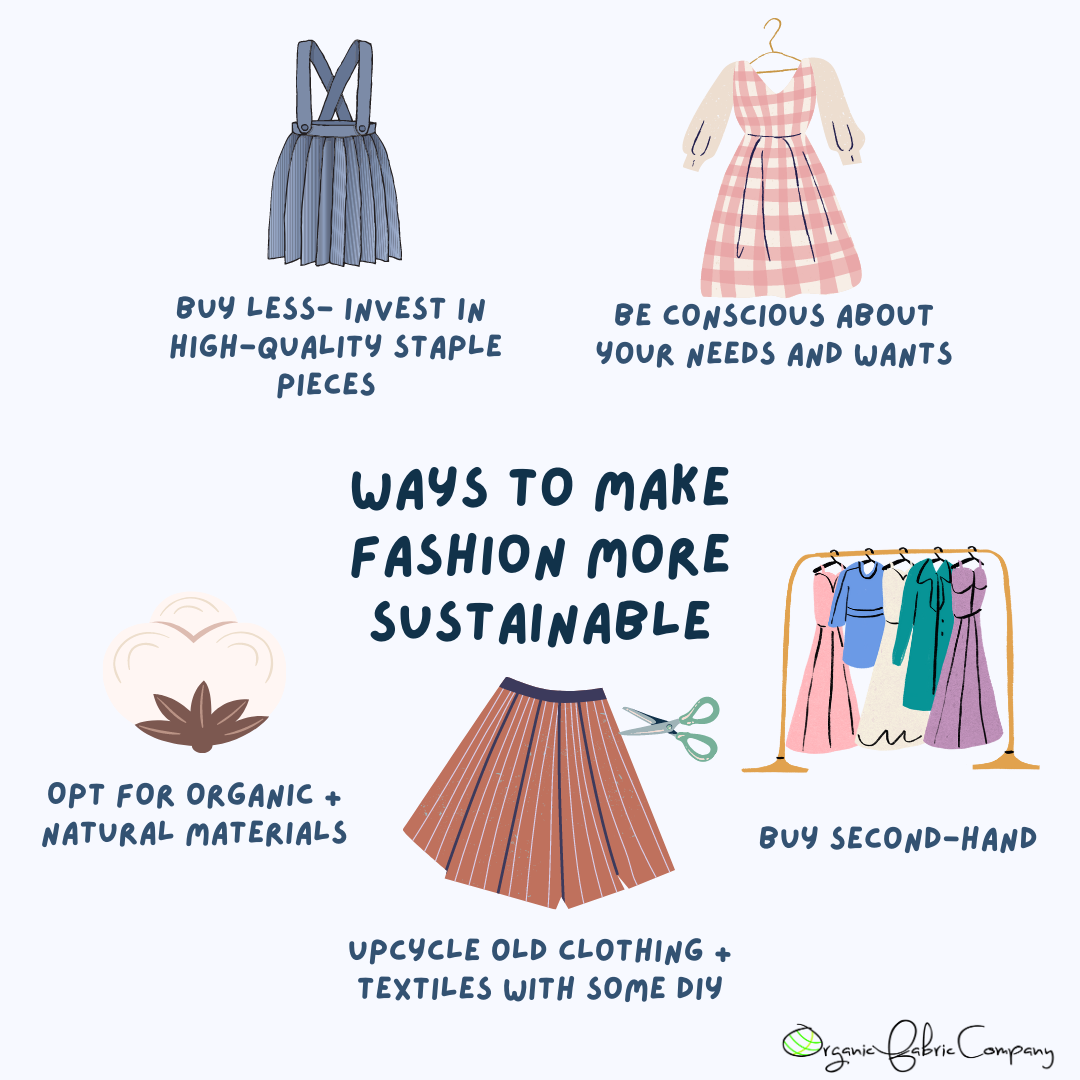Cape Town Sustainable Fashion Week: Highlighting Green Innovations
Cape Town Sustainable Fashion Week: Highlighting Green Innovations
Blog Article
Stay Ahead of the Contour by Discovering Cutting-edge Style Patterns
In an industry as dynamic as fashion, staying in advance involves even more than simply adhering to present fads-- it requires an exploration of technology. The merging of innovation and style declares a new era of customer engagement.

Accepting Smart Textiles
In current years, the apparel industry has experienced a transformative change with the assimilation of clever textiles, an innovative technology that blends technology with fabric. This evolution represents not only a combination of aesthetics and performance however likewise a substantial jump in the direction of sustainability and customization in vogue. Smart fabrics, likewise referred to as e-textiles, installed innovative electronic devices such as sensing units and conductive strings within the material, allowing garments to engage with the user or the atmosphere.
These textiles are designed to monitor physiological parameters, such as heart price or body temperature level, providing real-time wellness analytics. Past health and wellness applications, smart fabrics are additionally being made use of for flexible clothes, which can alter color or pattern in action to ecological stimuli, hence using a vibrant style experience.
Furthermore, the development of energy-harvesting fabrics that create power from motion or sunshine is leading the method for self-sufficient wearable modern technology. This development is attracting ecologically mindful consumers and designers aiming to decrease the eco-friendly footprint of style. As research and growth in this field advance, smart fabrics are anticipated to end up being progressively prevalent, reshaping the landscape of modern style with their multifunctional capabilities.
The Rise of 3D Printing
Transforming the manufacturing landscape, 3D printing has actually emerged as a game-changer in the fashion business. This innovative innovation has actually made it possible for designers to press the borders of creativity, generating elaborate and tailored garments that were previously unthinkable. By leveraging electronic layout and additive manufacturing, 3D printing promotes the creation of intricate geometries and patterns, allowing designers to trying out brand-new structures and structures.
A noteworthy advantage of 3D printing in style is its capability to produce on-demand, decreasing waste and lowering supply needs. This effectiveness not just optimizes production processes yet likewise permits rapid prototyping, making it possible for developers to bring their visions to life in a much shorter timeframe. Additionally, 3D printing supports customization to a degree unmatched by conventional methods, supplying distinct styles and tailored fits customized to specific customer choices.
The rise of 3D printing has likewise democratized fashion, making it accessible to emerging designers who can now fabricate high-grade items without significant economic investment in traditional manufacturing infrastructure. As technology remains to advance, the garment industry is positioned to harness the complete possibility of 3D printing, discovering brand-new products and strategies that will undoubtedly redefine exactly how fashion is conceived and produced.
Sustainable Fashion Innovations
As the fashion sector faces the pushing requirement for ecological responsibility, sustainable style advancements have actually emerged at the center of transformative change. The expanding awareness of eco-friendly influence has actually fueled a shift in the direction of even more eco-conscious methods and materials. Developers and brand names are now prioritizing sustainability, including techniques that reduce waste and reduce carbon impacts.
One considerable development is the surge of circular style, which highlights recycling and upcycling to extend the lifecycle of garments. This approach not just decreases waste yet additionally motivates why not try here customers to embrace a more conscious technique to clothes intake. Furthermore, using lasting materials, such as natural cotton, hemp, and recycled polyester, has gotten traction. These products require much less water and energy throughout production, dramatically minimizing environmental effect.
An additional development hinges on the fostering of cutting-edge dyeing methods that utilize waterless processes or natural dyes, therefore decreasing the substantial amounts of water and chemicals traditionally utilized in fabric dyeing. Furthermore, developments in biotechnology have actually resulted in the production of lab-grown natural leather and materials, using ecologically pleasant and cruelty-free alternatives to conventional products. Via these pioneering initiatives, the fashion business is making meaningful strides in the direction of a much more sustainable future.

Tech-Integrated Clothing
Tech-integrated apparel stands for an innovative combination of style and innovation, improving how people interact with their apparel. This cutting-edge domain name is marked by the incorporation of wise textiles and embedded digital elements, boosting both functionality and aesthetic appeal. From fitness trackers installed in sportswear to warmed jackets controlled by means of mobile phone applications, tech-integrated clothing offers customers unprecedented ease and versatility.
Introducing brands are driving this pattern, concentrating on producing garments that react to environmental stimuli or user commands. For instance, some garments can change shade or pattern in feedback to temperature level changes, while others include biometric sensing units to keep an eye on health and wellness metrics like heart price or tension levels. The seamless integration of modern technology right into fabrics likewise reaches environmental sustainability, with efforts to create self-cleaning fabrics or garments that adapt to climate condition, therefore reducing the need for numerous layers.
In addition, the development of wearable innovation is not just restricted to garments however encompasses devices like webpage watches and eyeglasses, further broadening the extent of tech-integrated fashion. As the industry remains to innovate, the potential for modification and customization in clothing grows, offering customers special, tech-enhanced fashion experiences that accommodate their private needs and choices.
Future of Virtual Fashion
In recent years, the future of digital style has become a transformative force within the sector, leveraging innovations in digital modern technology to redefine exactly how fashion is developed, experienced, and consumed. By incorporating augmented fact (AR), virtual fact (VR), and 3D layout tools, developers can now craft interactive and immersive experiences that transcend typical fashion borders. Virtual style permits the production of garments that exist entirely in electronic atmospheres, offering endless opportunities for innovation without the restrictions of physical manufacturing.
This digital change not just provides possibilities for innovative expression yet additionally addresses sustainability worries intrinsic in typical style methods. Cape Town Sustainable Fashion. By removing the need for physical sources, online fashion minimizes waste and minimizes carbon impacts. Moreover, the increase of digital style aligns with the increasing customer need for customized and special experiences, as digital garments can be tailored and customized to individual preferences easily

Conclusion
The apparel industry's future hinge on the combination of innovative modern technologies and sustainable techniques - Cape Town Sustainable Fashion. Smart fabrics and tech-integrated apparel are improving functionality, while 3D printing provides chances for customization and waste decrease. Sustainable fashion, via circular approaches and green materials, demonstrates a dedication to environmental stewardship. Moreover, virtual fashion is positioned to redefine consumer interactions. Adjusting to these trends is crucial for brands looking for to continue to be relevant and competitive in this swiftly developing landscape.
In recent years, the fashion sector has actually observed a transformative change with the integration of smart textiles, a sophisticated innovation that blends modern technology with textile.As the fashion sector grapples with the pressing requirement for ecological responsibility, lasting style developments have actually emerged at the forefront of transformative modification.In current years, the future of digital fashion has actually emerged as a transformative force within the industry, leveraging improvements in electronic innovation to redefine exactly how fashion is developed, experienced, and consumed. The rise of digital fashion straightens with the increasing customer demand for personalized and special experiences, as digital garments can be personalized and customized to individual choices with simplicity.
The fashion market's future lies in the combination of lasting methods and cutting-edge innovations.
Report this page